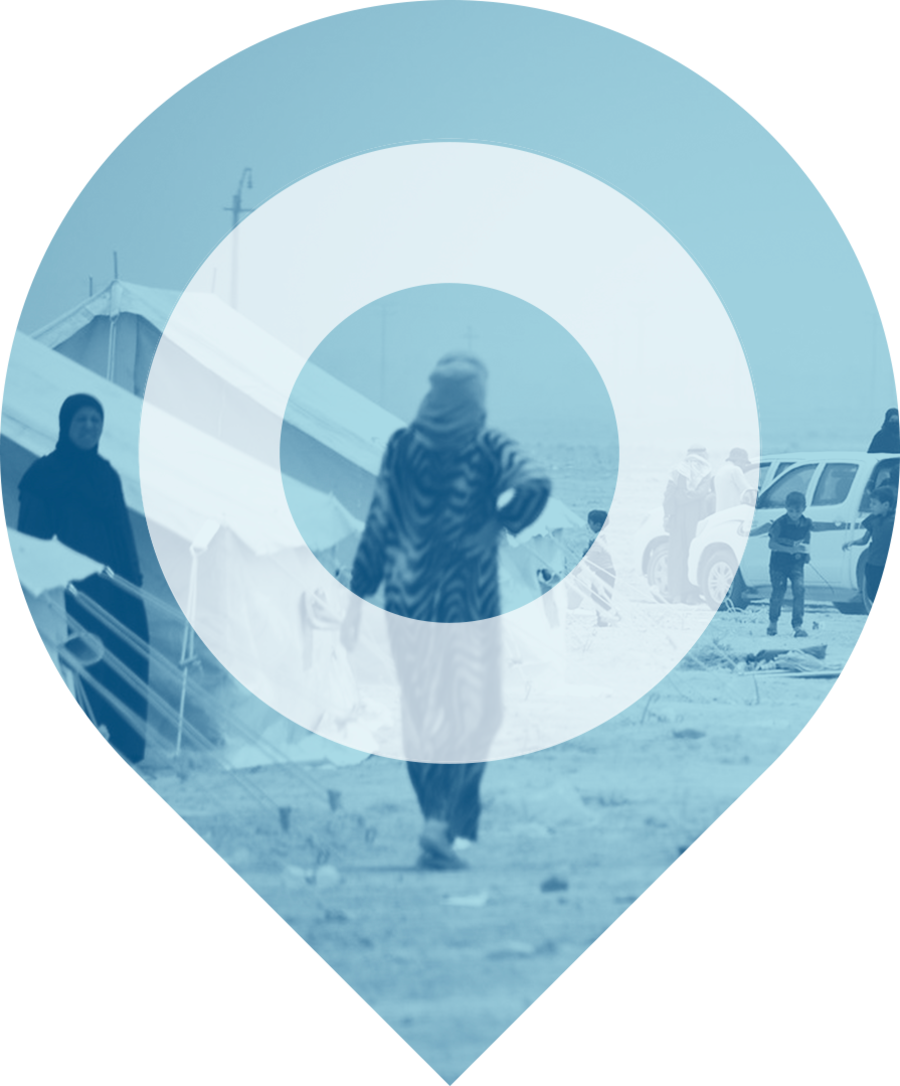Weekly
highlights
Every week, we publish new highlights on recent humanitarian developments to enable crisis responders to prioritise based on the needs of affected populations.
18/12/2024
Tunisia
Refugees, asylum seekers, and migrants in Tunisia have continued to face protection risks in 2024, including forced expulsions and exploitation by smugglers. In October, Tunisia was hosting 15,600 registered refugees and asylum seekers and an unknown number of migrants, primarily from East Africa, the Middle East, and Sub-Saharan Africa. Most reside in Sfax city, a key transit and settlement area. Throughout 2024, authorities have continued to forcibly relocate migrants, especially those from Sub-Saharan Africa, to remote border regions, such as Ras Jedir Ajdir and near Algeria. Those relocated lose access to food, water, or shelter. Migrants also struggle to access aid, legal protection, and integration support given limited resources and a lack of coordinated assistance. Those attempting to reach Italy undertake dangerous sea crossings given strict border controls and anti-smuggling operations, heightening the risk of fatalities. By 18 December, 1,658 people were reported dead or missing throughout 2024. (Small Arms Survey 31/10/2024, UNHCR accessed 18/12/2024, IOM accessed 18/12/2024)
17/12/2024
Malawi
Tropical Cyclone Chido caused significant disruption in the Comoros, Malawi, Mayotte and Mozambique. In Mozambique, it made landfall on 15 December 2024 in Cabo Delgado province, killing at least 45, injuring 493, and affecting over 184,000 people. It damaged approximately 35,000 houses, 149 schools, and 48 health facilities, mostly in Chiure, Mecufi, and Pemba, which are facing utility outages and urgent protection needs. In Malawi, it had affected over 45,000 people across 16 districts by 18 December, with 13 fatalities and infrastructure damage. Heavy rains continue to threaten the population. In the Comoros, it hit Anjouan and Moheli, affecting over 64,000 residents, displacing about 140, and injuring five. It damaged over 218 houses, nine schools, and 45% of crops, with reports of landslides and strong winds. Across all regions, urgent needs include shelter, food, infrastructure repair, and risk mitigation. Access issues and rainfall hamper recovery efforts. (OCHA 17/12/2024, OCHA 18/12/2024, OCHA 16/12/2024)
17/12/2024
Myanmar
15.2 million people in Myanmar are facing acute food insecurity, with 2.3 million classified to be facing Emergency (IPC Phase 4) conditions. The majority reside in Chin, Kachin, and Rakhine states and Sagaing region. The main drivers are intense and widespread conflict, economic collapse, and recurring natural hazards. Extreme levels of humanitarian constraints, such as violence against humanitarian personnel, facilities, and assets; interference with humanitarian implementation; the denial of the degree of the crisis, including by restricting the collection and publication of food insecurity data and analysis; and administrative and physical impediments to reaching people in need significantly aggravate the situation. The affected people urgently require emergency food assistance. (Humanitarian Action 12/12/2024, Reuters 16/12/2024, ACAPS accessed 18/12/2024)
latest publications

Global analysis
Situation by country
We provide live updates of countries with existing humanitarian crises or prone to disasters.


